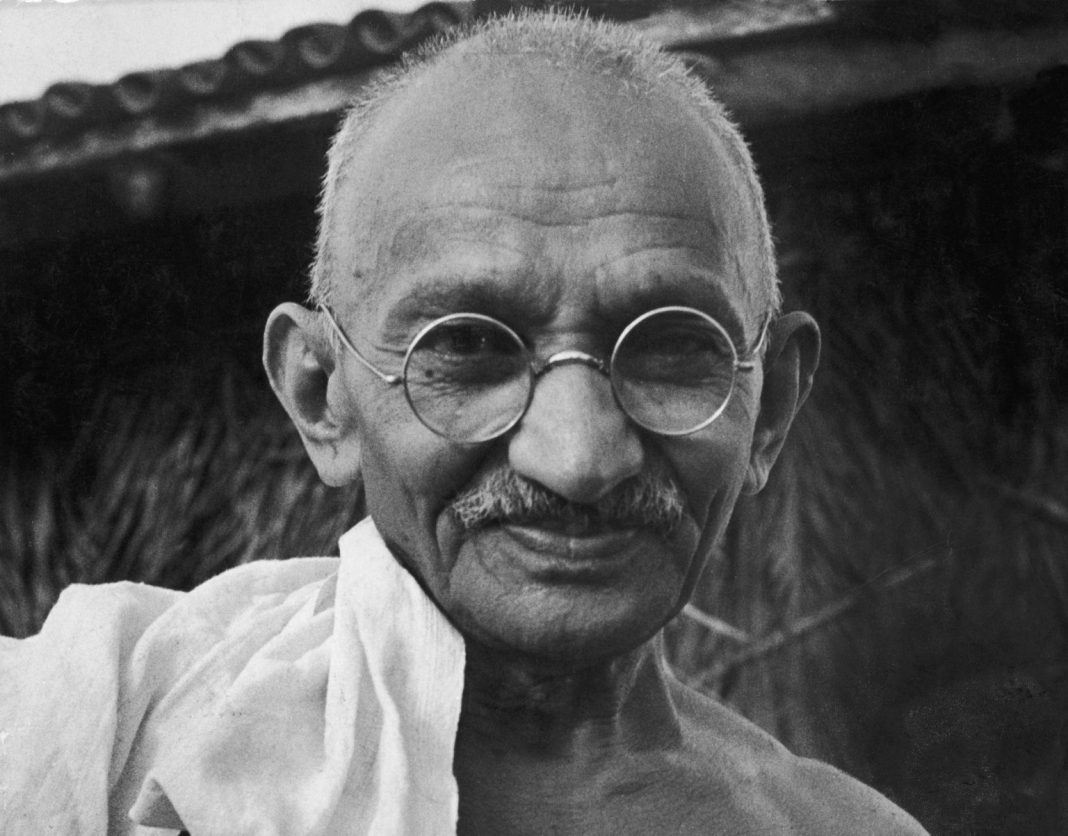Mahatma Gandhi, globally revered as a beacon of peace and non-violence, also had a less-known side that contradicts his worldwide recognition. Before his iconic role in India’s struggle for independence, Gandhi spent 21 formative years in South Africa from 1893 to 1914. During this period, his views towards black Africans exhibited explicit racial bias, a stark contrast to the principles of unity and equality he later advocated.
This article delves into five specific instances from Gandhi’s South African sojourn that highlight his controversial stance towards black Africans, challenging the singular narrative of the revered ‘Mahatma’.
The 5 Instances Mahatma Gandhi Showed His Racism Against Black People
- The Durban Post Office Incident (1893): One of the first recorded instances of Gandhi’s alleged racism occurred during his protest against the separate entrances for whites and blacks at the Durban post office. He was not against segregation but rather the notion of Indians being “classed with the natives of South Africa.” Gandhi demanded a separate entrance for Indians, distancing them from black Africans.
- Support for the British During the Boer War (1899-1902): Gandhi formed an Indian Ambulance Corps to aid the British during the Boer War. Some interpreted his decision as a strategy to prove that Indians were more loyal and ‘civilized’ than black Africans. He aimed to uplift the status of Indians within the colonial hierarchy.
- Opposition to Marriage Legislation (1894): Gandhi strongly opposed legislation that invalidated marriages not conducted according to Christian rites. His opposition was rooted in the fear that such a law would degrade Indians to the level of ‘Kaffirs’ – a derogatory term for black Africans. He wrote, “The Indian is being dragged down to the position of the raw Kaffir.”
- The Bambatha Rebellion (1906): During the Zulu uprising known as the Bambatha Rebellion, Gandhi advocated for the British to recruit Indians to suppress the rebellion. His motive was to display the loyalty of Indians to the British Empire and establish their superiority over black Africans.
-
Writings for ‘Indian Opinion’ (1903-1904): Gandhi’s writings for the newspaper ‘Indian Opinion’ further illustrate his prejudiced views towards black Africans. He described them as “uncivilized,” “frightfully ugly,” and leading lives of “indolence and nakedness.”
In conclusion, while it’s undeniable that Mahatma Gandhi played a pivotal role in India’s independence movement and became a global symbol for non-violent resistance, these instances from his life in South Africa present a more complex picture.
It is crucial to remember that historical figures, no matter how revered, are not beyond critique. Gandhi’s racial views on black Africans during his time in South Africa challenge his later advocacies for equality and unity.
As we engage with history, it is essential to explore these multifaceted narratives, encouraging a more nuanced understanding of the figures we revere and the complex socio-cultural contexts within which they existed.
This approach does not negate Gandhi’s contributions to India and the world, but it serves as a reminder that even the greatest figures can have significant flaws. As students of history, it is up to us to learn from these contradictions and strive to forge a future defined by genuine equality and respect for all.







